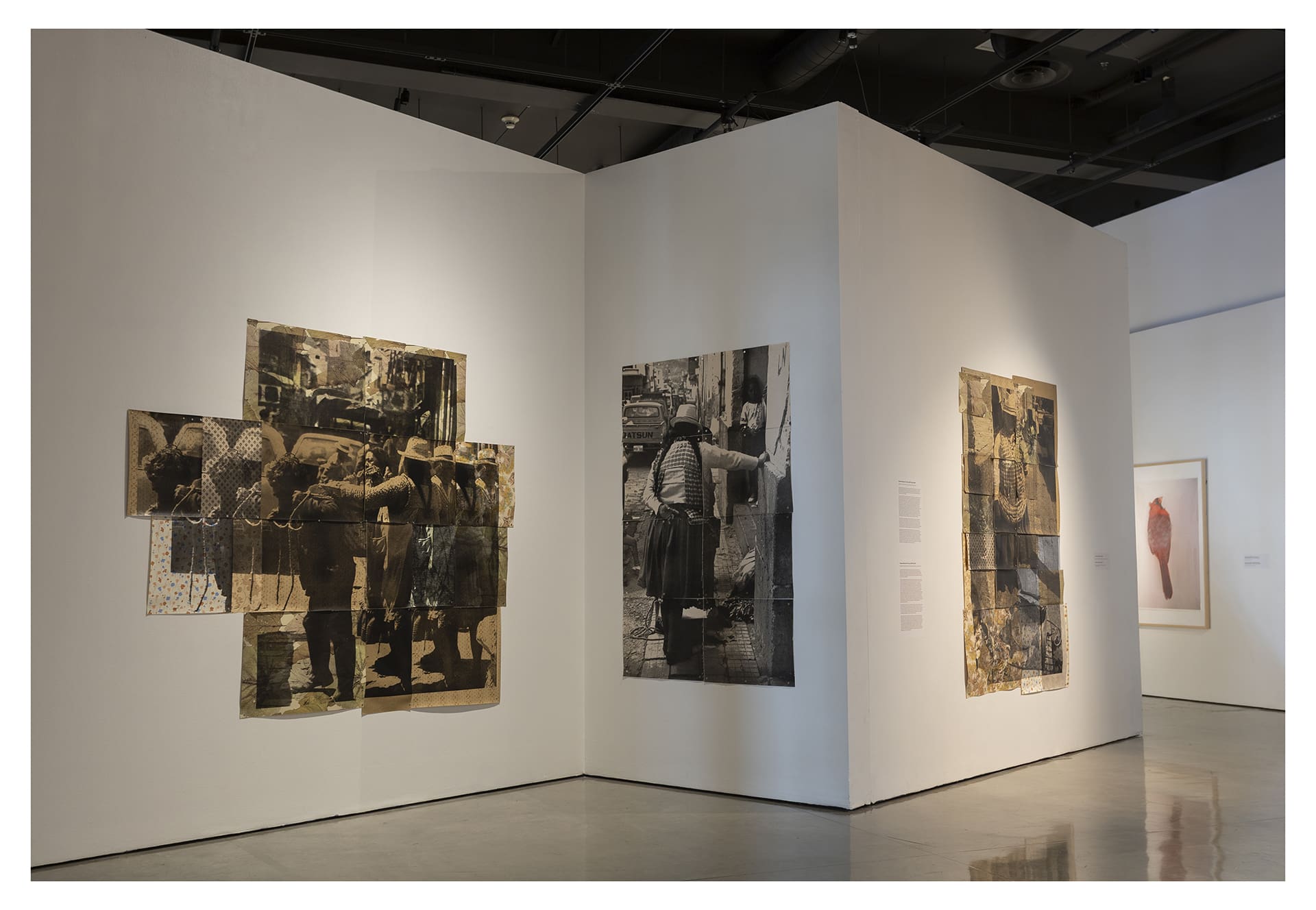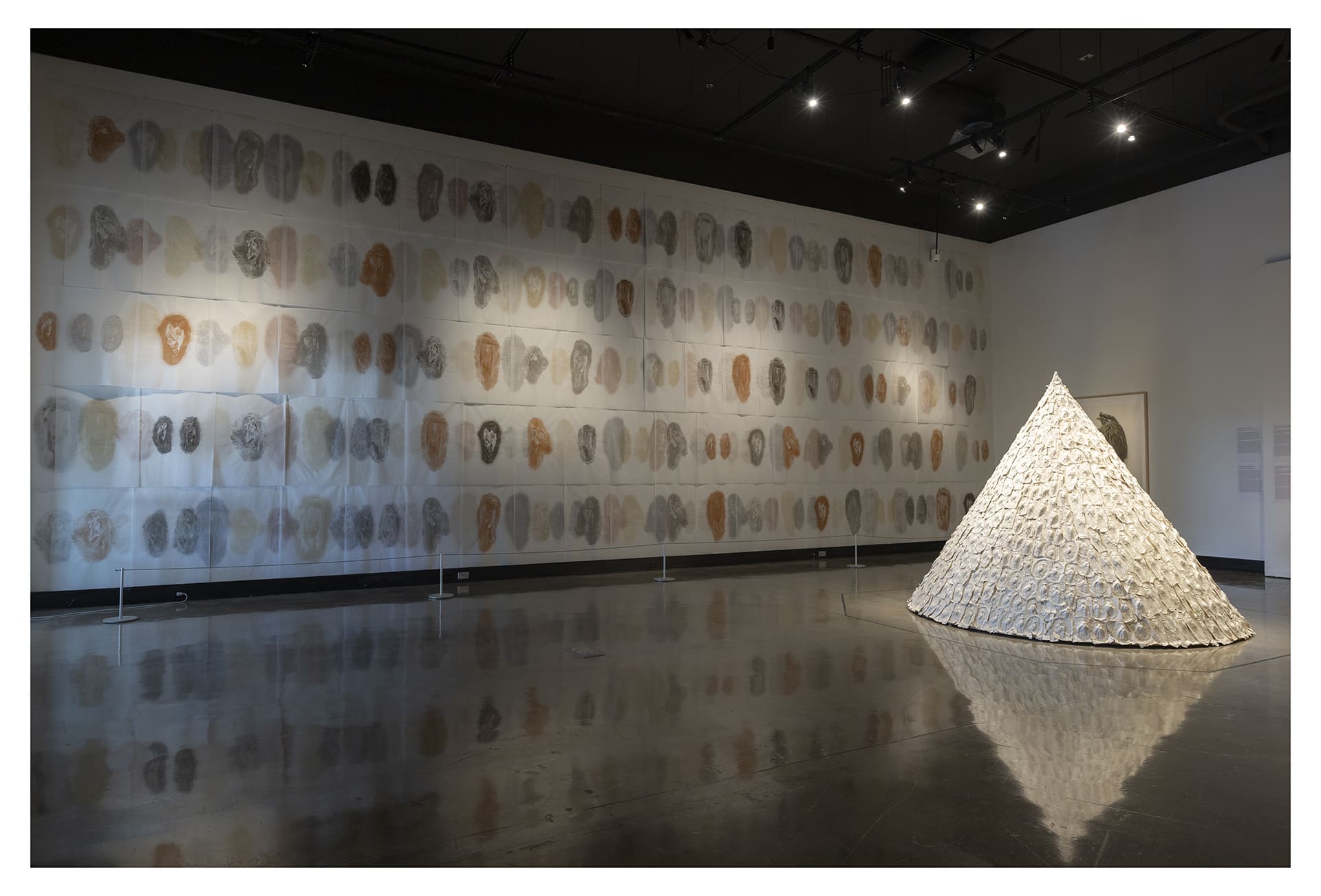William and Anna Jane Schlossman Gallery
For more than five decades, Rimer Cardillo’s artwork has offered a powerful commentary on the intersection of politics, economics, and ecological degradation. Since the late 1970s, his practice has focused on the devastating impacts of human activity on the natural world, particularly the alarming decline in animal species and plant life. These critical environmental concerns, which have been central to Cardillo’s practice since the 1960s, became even more prominent throughout the 1980s and beyond. Deep Ecology suggests that the systemic oppression of indigenous communities is linked to the destruction of ecosystems, wildlife, and biodiversity. The artist’s work challenges viewers to reconsider their relationship with nature and underscores the moral imperative to protect it.
Cardillo’s dynamic, multimedia practice spans print, large-scale installations, and mixed media works that incorporate found objects and diverse materials like paper, clay, and wood. His expansive body of work embraces multiple artistic genres, including photography, printmaking, sculpture, and even film, showcasing his ability to merge political engagement with creative innovation. His iconic series of prints not only reflects his technical mastery but also serves as a powerful platform for advocacy through a visually rich exploration of environmental and social issues.
For Deep Ecology, Plains Art Museum is collaborating with the North Dakota Museum of Art in Grand Forks, ND and Rourke Art Gallery and Museum in Moorhead, MN, to exhibit different selections of Cardillo’s work in three institutions across the region. Visitors are invited to explore the exhibition at all participating locations, where they can experience a rich variety of styles, mediums, and creative expressions. The dates for the three satellite exhibitions are forthcoming.
Cardillo studied at the Escuela Nacional de Bellas Artes in Montevideo, the Berlin Weibensee School of Art, and the Leipzig School of Graphic Arts. He has lived in the US since 1979 and taught printmaking at the State University of New York at New Paltz. Cardillo was awarded a Guggenheim Fellowship in 1997, represented Uruguay at the Venice Biennale in 2001, and has exhibited extensively throughout the Americas, Europe, Africa, and the Middle East. His work is held in many private and public collections around the world.





